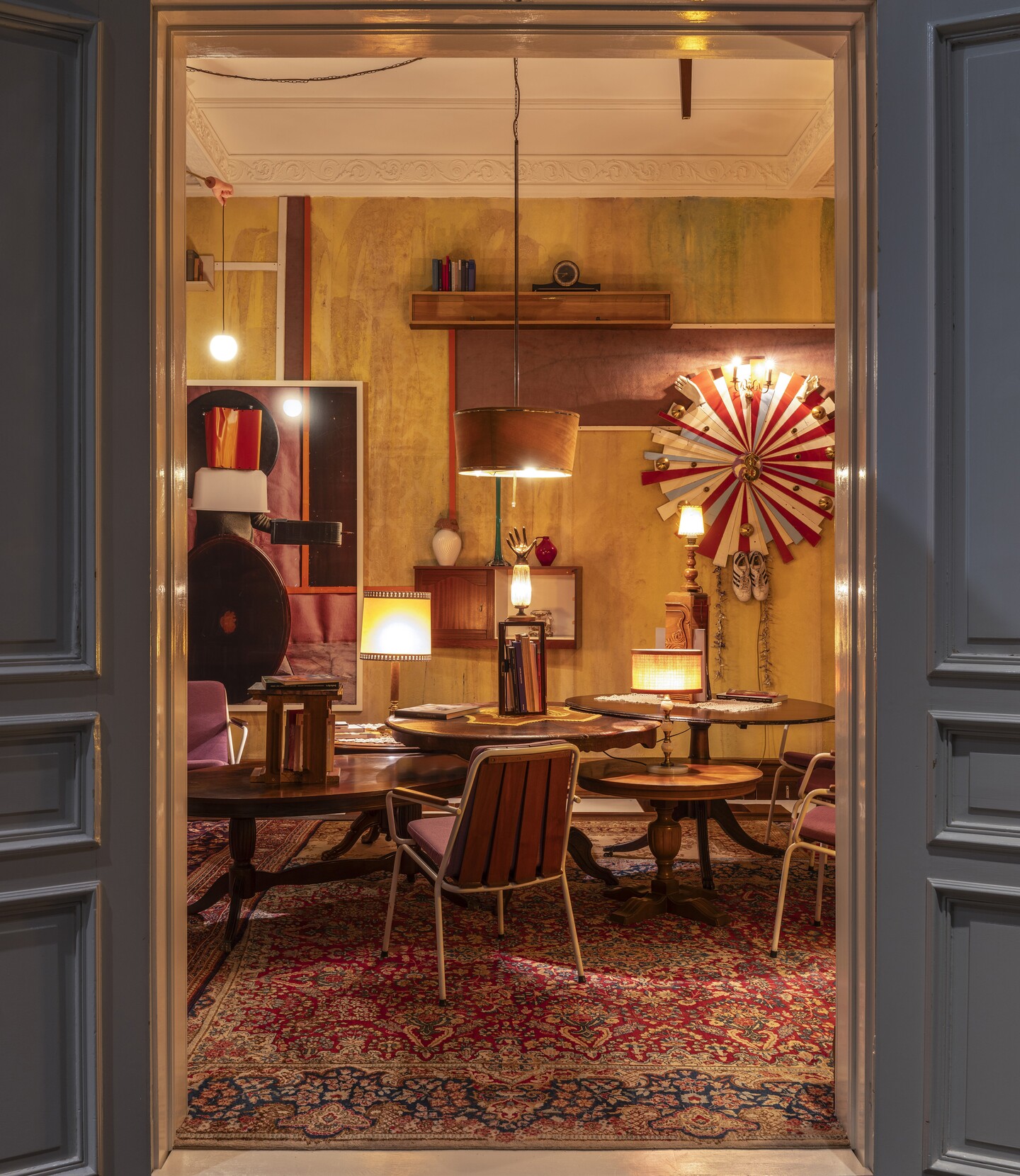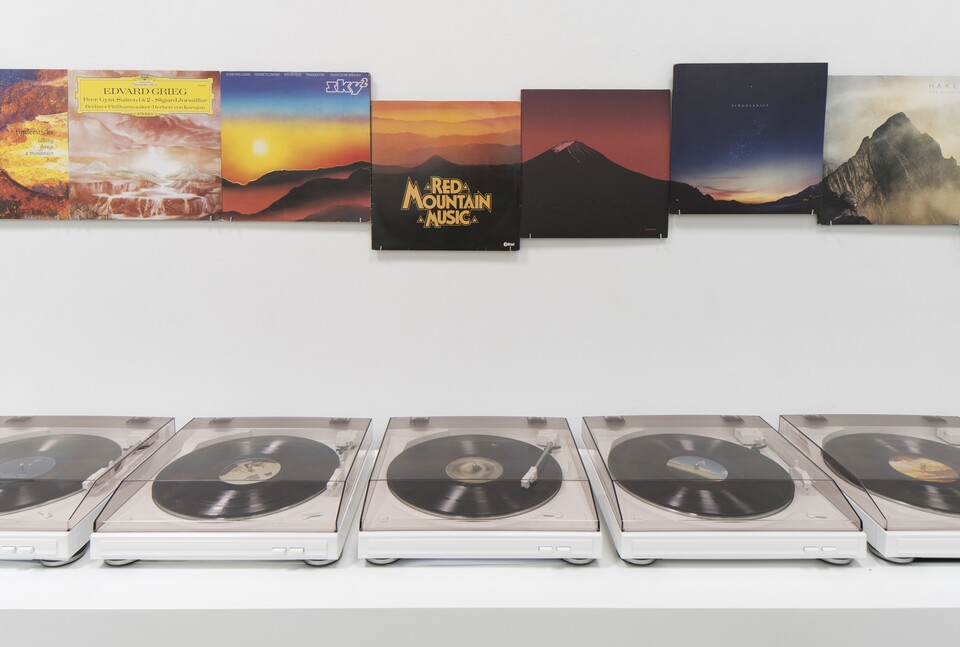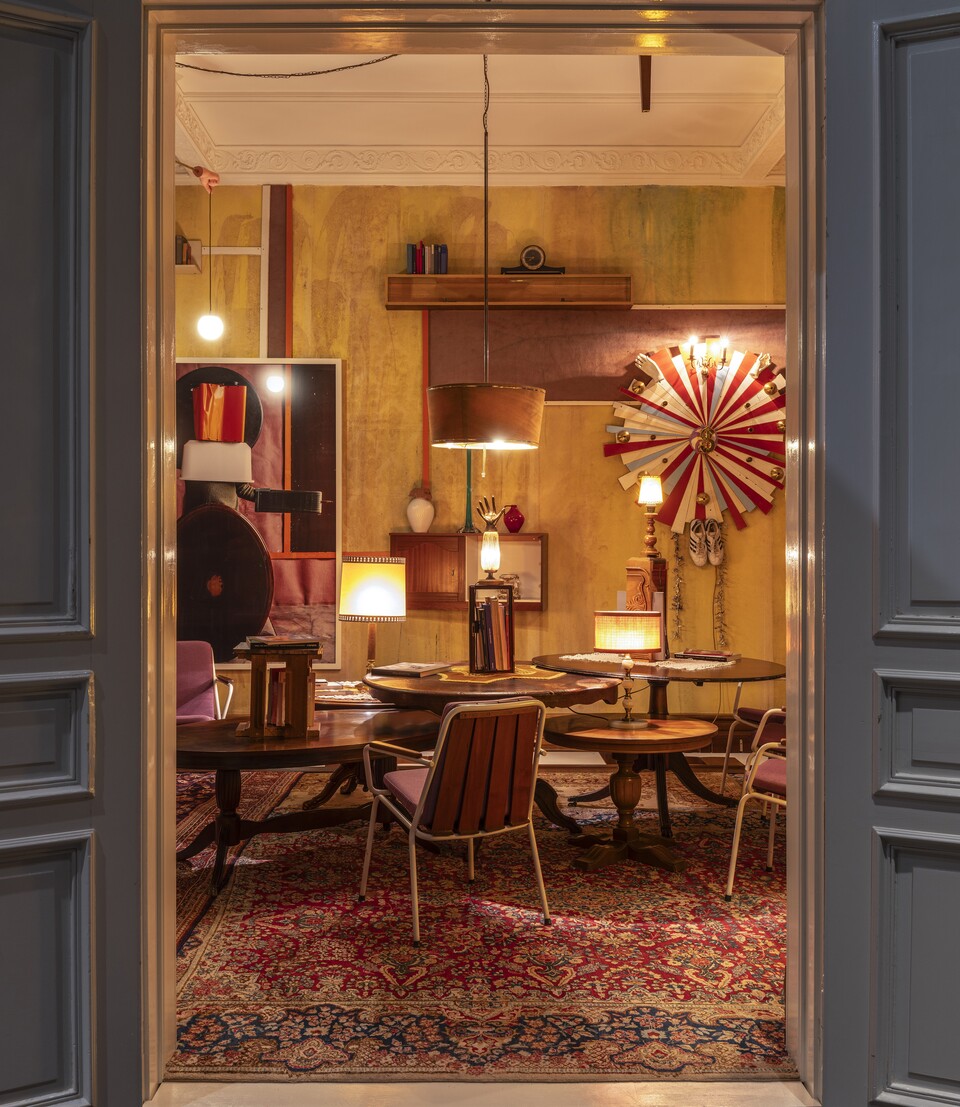Contemporary Art
Head of Collection
Dr Brigitte Kölle
Dr Corinne Diserens
The Galerie der Gegenwart (the Gallery of Contemporary Art) was established in 1997 as a new exhibition space for contemporary art in the Hamburger Kunsthalle. Designed by Oswald Mathias Ungers, the cube with its striking white sandstone facade occupies the first central museum location for contemporary art in the city of Hamburg. And with more than 5,600 square metres of space, it is one of the largest buildings for contemporary art in Germany. The Galerie der Gegenwart’s numerous international exhibitions and extensive collection from Pop art to the present have made it an important attraction in recent years. The goal from the outset has been to present the Galerie der Gegenwart and its collection as a living museum that does justice to the constant changes and expansions of contemporary art – both in terms of diversity of media and with regard to socio-political issues. Varied thematic presentations of the collection, new acquisitions, and large special exhibitions always open up new perspectives, making the museum a dynamic place to encounter art.
The Galerie der Gegenwart features a number of artist’s spaces, several of which were specially commissioned to coincide with the gallery’s opening. These include Jenny Holzer’s Ceiling Snake for the stairwell leading from the old building to the new one, Ilya Kabakov’s room Healing with Paintings, Richard Serra’s large-scale splashing work Measurement of Time / Seeing Is Believing and his wall drawing Spot On. Monika Sosnowska’s labyrinthine spatial structure in a side room should also be mentioned in this context, and Bogomir Ecker’s Tropfsteinmaschine (Dripstone Machine) extends in space and time across all of the building’s floors.
Since its opening, the Galerie der Gegenwart’s areas of focus have been systematically developed and expanded. Today it is able to present and explore the connections between the essential international developments in art since 1960, and most of the period’s important artists, with examples of major works. Painting since the 1960s is represented by the work of Sigmar Polke, Gerhard Richter, and Georg Baselitz and Pop art by Andy Warhol, David Hockney, R. B. Kitaj, and K. P. Brehmer. Alongside central works of Arte povera by Jannis Kounellis and Mario Merz, Joseph Beuys’s work complex Plastisch/thermisches Urmeter (Plastic/Thermic Standard Meter) and Filzanzug (Felt Suit) are among the key pieces in the collection. An important focus is on Minimalist art and Conceptual art – supported by permanent loans from private collections – by artists such as Robert Morris, Sol LeWitt, Dan Graham, Donald Judd, Robert Mangold, and Hanne Darboven. The so-called ‘exit from the image’ – the renunciation in the 1960s and 1970s of traditional forms of painting and sculpture – is to be seen in the material art of Franz Erhard Walther and Reiner Ruthenbeck. Central positions in sculpture are represented by Thomas Schütte, Reinhard Mucha, Felix Gonzalez-Torres, Cady Noland, Rosemarie Trockel, and Isa Genzken. The Hamburger Kunsthalle also owns one of the most important works by the American artist Bruce Nauman: the large video installation Anthro/Socio.
The museum began assembling a collection of photography in the 1980s, and its holdings are marked above all by the Düsseldorf school of Bernd and Hilla Becher, with photographs by the Bechers, Andreas Gursky, Thomas Struth, Thomas Ruff, Candida Höfer, and Thomas Demand, but also by works by American artists such as Jeff Wall and Ed Ruscha and a series by Gilbert and George. The theme of the self-portrait is explored in Andy Warhol’s Polaroids, Cindy Sherman’s Bus Riders and Nan Goldin, whose slideshows capture the intimate moments of love, loneliness, drug use, sexual encounters and loss in time of AIDS in the 1980s. In addition to photography, the museum’s outstanding media collection offers an overview of the history of video and media art, with more than six hundred works.

![Ausstellungsansicht ISA MONA LISA mit Demolition Ball / Cassius Clay (2011) von Alexandra Bircken (*1967), [mittig] und Jannis Kounellis (1936–2017), Ohne Titel, 1996, beide © VG Bild-Kunst, Bonn 2025, im Hintergrund Wolfgang Tilmans (*1968), Dürerstrasse, 2009, © Wolfgang Tilmans Foto: Fred Dott Ausstellungsansicht ISA MONA LISA mit Demolition Ball / Cassius Clay (2011) von Alexandra Bircken (*1967), [mittig] und Jannis Kounellis (1936–2017), Ohne Titel, 1996, beide © VG Bild-Kunst, Bonn 2025, im Hintergrund Wolfgang Tilmans (*1968), Dürerstrasse, 2009, © Wolfgang Tilmans Foto: Fred Dott](/sites/default/files/styles/960_breit/public/2025-06/_dsf6240.jpg?itok=-flL7eoE)





